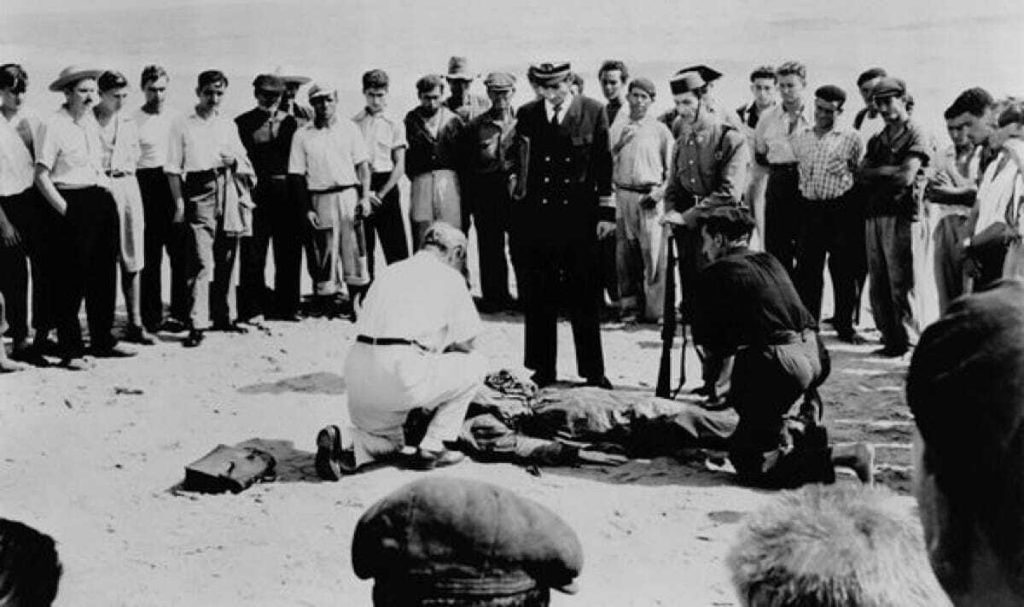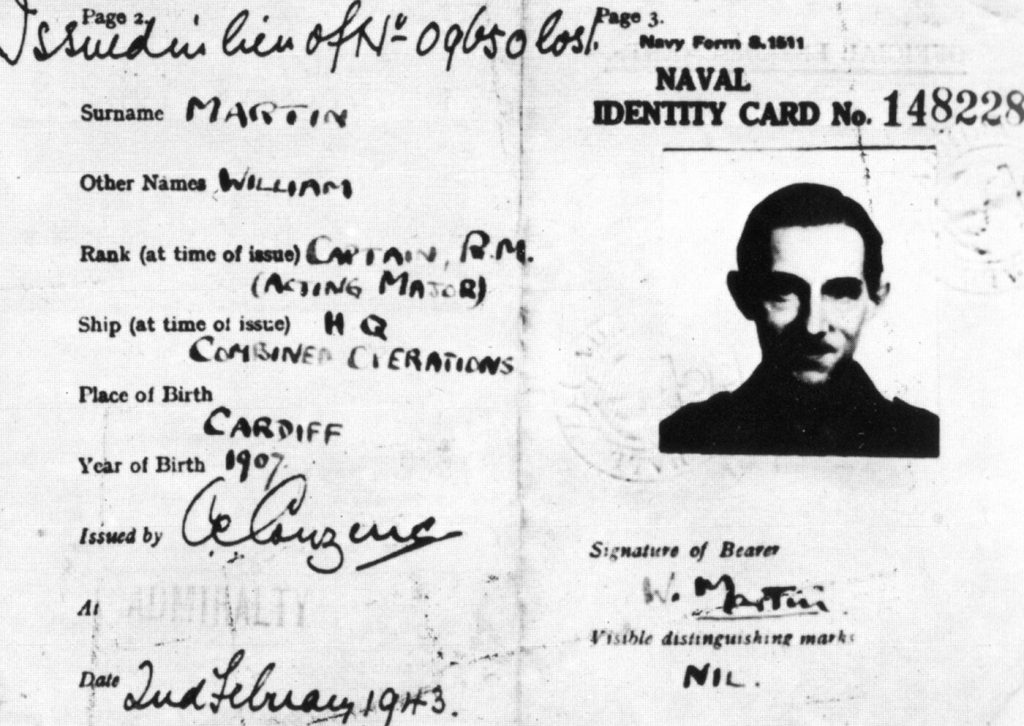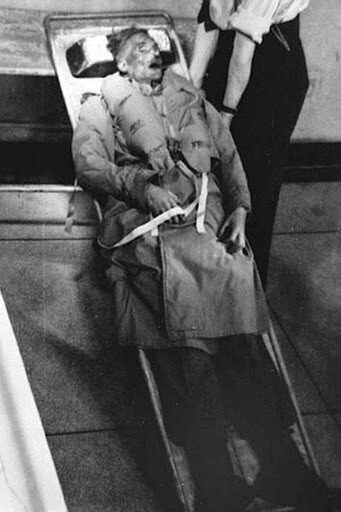During WWII, both Allied and Axis forces were prone to using many deceptive tactics. “Operation Mincemeat” was one of them. “Operation Mincemeat” was employed by the Allies in an attempt to convince Hitler to move troops out of Sicily. The plan was simple, but it was brilliant in its simplicity. The goal of “Operation Mincemeat” was a common military goal; leak false information to the enemy and thus get the upper hand. However, in this case, the Allies were going to leak the information in a way that, hopefully, no one would expect. To carry out their operation, they would need the body of an unknown man.

On May 1, 1943, a body was discovered on a beach in Spain, (some sources say that it was found a little out to sea) by a local fisherman. The body was predictably brought to the Spanish authorities, who, in turn, allowed German intelligence to investigate the body and its possessions. The dead man, who would later become known as “The man who never was,” was roughly 34 years of age, was wearing a life preserver and the uniform of a British soldier. He also had a briefcase chained to his body. He had apparently drowned and it was assumed that he did so after becoming the victim of a plane crash, out at sea. That was not the case.
Lepa Radić, Teenage Hero Of Yugoslavian Resistance
“The man who never was” was identified by the Germans as Major William Martin of the Royal Marines. They were able to ascertain his identity by the contents of the briefcase, which held the man’s identification and various other personal items. That was not all the Germans found in the briefcase. There was also a letter written by Lieutenant General Sir Archibald Nye, who was the British commanding officer in North Africa. The letter contained detailed information regarding “Operation Husky,” a plan by Allies to invade Axis-controlled Europe through Corsica, Sardinia, and Greece. It also mentioned that they planned to launch a fake attack on Sicily to divert German attention away from the above-mentioned area.

Not long after the body was discovered, British authorities began demanding to have it, and the information it held, returned. The Germans cleverly (at least they thought) resealed the opened envelopes and the Spanish authorities returned them and the body of “Major William Martin.” The information that was obtained by the Germans was delivered to Hitler. He immediately ordered the movement of substantial military resources from Sicily to Corsica, Sardinia and Greece. “The man who never was” had officially done what he was sent to do. Major William Martin had never existed, but the Germans believed he did.

All of the above events were carefully orchestrated by Allied intelligence. This was “Operation Mincemeat.” The plan was hatched by a British intelligence officer, Lieutenant Commander Ewen Montagu, and carefully carried out during the early months of 1943. First, a cadaver was found. Some sources say that this cadaver was the body of a man who had died of pneumonia and whose family had given the military permission to use his corpse, so long as his name was never revealed to the public. Others believe that it was the body of a sailor who had drowned at sea. Many believe that the former is the truth and that the man’s name was Glyndwr Michael. Some people dispute this, saying that Glyndwr died too long before the operation was carried out (he is thought to have died around January 28) to have been the cadaver, but it is possible.
“Operation Mincemeat” went into effect on April 28, 1943. The body of “The man who never was” was aboard the submarine, H.M.S. Seraph, packed in dry ice. His body was unloaded about a mile off the coast of Spain at about 4:30 a.m. The rest went exactly according to plan. The tide pulled the body in and the aforementioned events unfolded exactly as the Allies had wanted them to. “Operation Mincemeat” was proven to be a success on July 9, 1943, when Allied Forces invaded Sicily and were faced with very little resistance, while German forces continued to wait in Corsica, Sardinia and Greece for an attack that never came.
“The man who never was” was buried in Spain with military honors. His tombstone is marked “William Martin.” However, Glyndwr Michael was later added to the bottom, despite the fact that no one has confirmed the identity of the “man who never was.” Neither the British military nor family members of the deceased are willing to divulge the information.
Sources
Iconic Photos, retrieved 2/12/10.
The History Press, retrieved 2/12/10.